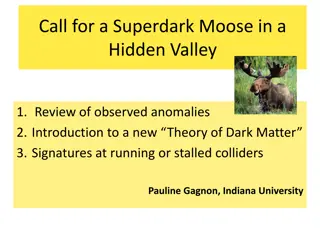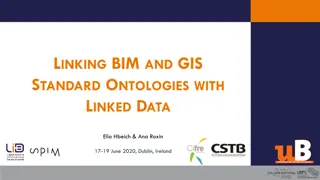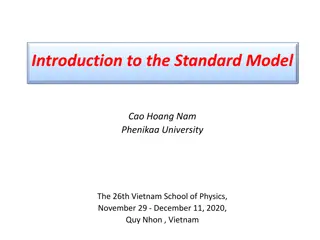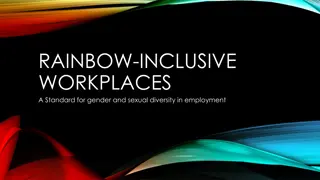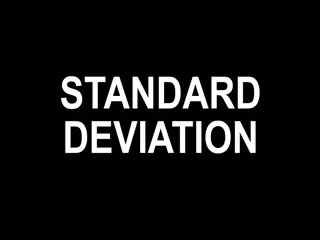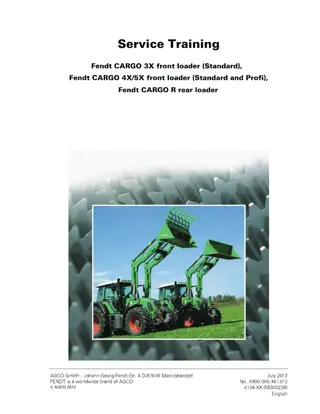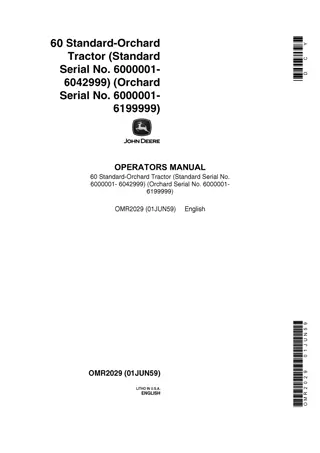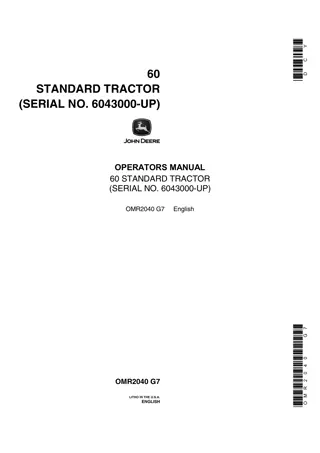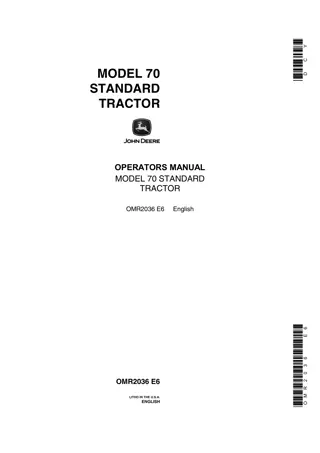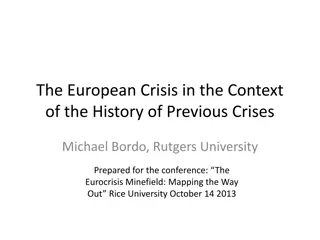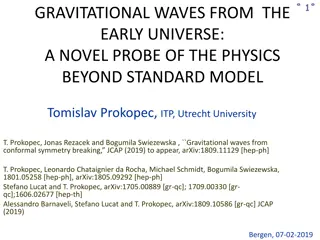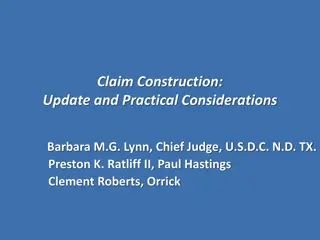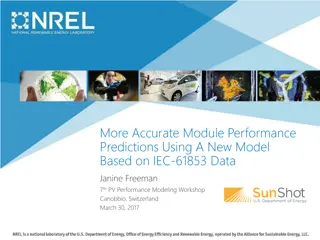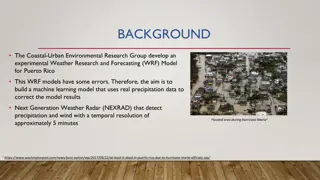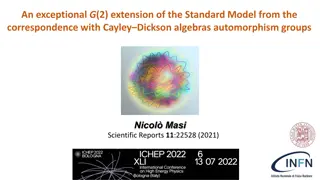Building a Macrostructural Standalone Model for North Macedonia: Model Overview and Features
This project focuses on building a macrostructural standalone model for the economy of North Macedonia. The model layout includes a system overview, theory, functional forms, and features of the MFMSA_MKD. It covers various aspects such as the National Income Account, Fiscal Account, External Accoun
3 views • 23 slides
NAMI Family Support Group Model Overview
This content provides an insightful introduction to the NAMI family support group model, emphasizing the importance of having a structured model to guide facilitators and participants in achieving successful support group interactions. It highlights the need for a model to prevent negative group dyn
6 views • 23 slides
New Higgs Bosons and Physics Beyond the Standard Model
Discoveries of new Higgs bosons at the electroweak scale, hints for new scalars at 95 GeV and 151.5 GeV, investigations into the nature of the 151.5 GeV Higgs as a triplet, and analyses of top-quark distributions at the LHC hint at exciting possibilities for physics beyond the Standard Model. ATLAS
0 views • 21 slides
Communication Models Overview
The Shannon-Weaver Model is based on the functioning of radio and telephone, with key parts being sender, channel, and receiver. It involves steps like information source, transmitter, channel, receiver, and destination. The model faces technical, semantic, and effectiveness problems. The Linear Mod
1 views • 8 slides
Standard Deviation, Variance, and Z-Scores
Explore the importance of variation in interpreting data distributions, learn how to calculate standard deviation, understand z-scores, and become familiar with Greek letters for mean and standard deviation. Discover the significance of standard deviation in statistical analysis and the difference b
2 views • 18 slides
The Standard Economic Model and Behavioral Economics
The standard economic model, rooted in neo-classical economics, assumes rational behavior with full information and known preferences. In contrast, Behavioral Economics integrates insights from psychology to provide a more nuanced understanding of consumer behavior.
0 views • 30 slides
Workplace Exposure Standard for Silica Dust in Stone Benchtop Fabrication
Reduction in workplace exposure standard for respirable crystalline silica dust has been implemented, halving the national standard to 0.05 mg/m3. The new standard aims to protect workers in stone benchtop fabrication businesses from serious lung diseases caused by breathing in silica dust. Employer
1 views • 8 slides
Regression Diagnostics for Model Evaluation
Regression diagnostics involve analyzing outlying observations, standardized residuals, model errors, and identifying influential cases to assess the quality of a regression model. This process helps in understanding the accuracy of the model predictions and identifying potential issues that may aff
2 views • 12 slides
Unveiling Dark Matter: An Exploration Beyond the Standard Model
Delve into the intriguing realm of dark matter through observed anomalies, a new theory introduction, and collider signatures. Uncover evidence of dark matter's existence through phenomena such as the bullet cluster, weak gravitational lensing, and unexplained astrophysics anomalies. Join the quest
3 views • 43 slides
Physics Beyond the Standard Model through Atomic Spectroscopy
Unlocking the mysteries of physics beyond the Standard Model using atomic spectroscopy techniques. Delving into the shortcomings of the Standard Model and the quest for new physics through precision measurements of atomic forces and isotope shifts in heavy atoms. Highlighting the importance of the p
0 views • 47 slides
MFMSA_BIH Model Build Process Overview
This detailed process outlines the steps involved in preparing, building, and debugging a back-end programming model known as MFMSA_BIH. It covers activities such as data preparation, model building, equation estimation, assumption making, model compilation, and front-end adjustment. The iterative p
0 views • 10 slides
Linking BIM and GIS Standard Ontologies with Linked Data
Introduction to the need for seamless data interpretation between Building Information Model (BIM) and Geographic Information System (GIS), focusing on aligning BIM and GIS standard ontologies for semantic interoperability. Addressing the challenges of data interoperability layers and the characteri
1 views • 15 slides
Proposal for Radio Controlled Model Aircraft Site Development
To establish a working relationship for the development of a site suitable for radio-controlled model aircraft use, the proposal suggests local land ownership with oversight from a responsible agency. Collins Model Aviators is proposed as the host club, offering site owner liability insurance throug
0 views • 20 slides
Standard Model of Physics
Delve into the world of quantum field theory, gauge symmetry, Higgs mechanism, electroweak theory, and more with this detailed overview of the Standard Model. Explore classical mechanics, Noether's theorem, relativistic mechanics, quantum mechanics, and quantum field theory concepts. Discover how th
2 views • 21 slides
Principles of Econometrics: Multiple Regression Model Overview
Explore the key concepts of the Multiple Regression Model, including model specification, parameter estimation, hypothesis testing, and goodness-of-fit measurements. Assumptions and properties of the model are discussed, highlighting the relationship between variables and the econometric model. Vari
4 views • 31 slides
Standard Molar Enthalpies of Formation
Formation reactions involve substances being created from elements in their standard states, with the enthalpy change known as the standard molar enthalpy of formation (Hf). This enthalpy represents the energy released or absorbed when one mole of a compound is formed from its elements in their stan
2 views • 13 slides
Rainbow-Inclusive Workplaces Standard: Promoting Diversity in Employment
The Rainbow-Inclusive Workplaces Standard (NZS 8200:2015) is a groundbreaking initiative in New Zealand, setting guidelines for organizations to create inclusive and safe workplaces for individuals of diverse sexual orientations and gender identities. The standard aims to address discrimination and
1 views • 30 slides
Standard Deviation and Standard Error of the Means
Standard deviation measures the variability or spread of measurements in a data set, while standard error of the means quantifies the precision of the mean of a set of means from replicated experiments. Variability is indicated by the range of data values, with low standard deviation corresponding t
1 views • 7 slides
Fendt CARGO 3X 4X 5X R Front Loader (Standard) (Standard and Profi) Service Repair Manual Instant Download (Part No. X990.005.461.013)
Fendt CARGO 3X 4X 5X R Front Loader (Standard) (Standard and Profi) Service Repair Manual Instant Download (Part No. X990.005.461.013)
0 views • 23 slides
John Deere 60 Standard-Orchard Tractors Operator’s Manual Instant Download (Standard Pin.6000001-6042999 Orchard Pin.6000001-6199999)(Publication No.OMR2029)
John Deere 60 Standard-Orchard Tractors Operator\u2019s Manual Instant Download (Standard Pin.6000001-6042999 Orchard Pin.6000001-6199999)(Publication No.OMR2029)
0 views • 20 slides
John Deere Model 60 Standard Tractors Operator’s Manual Instant Download (Pin.6043000-UP) (Publication No.OMR2040)
John Deere Model 60 Standard Tractors Operator\u2019s Manual Instant Download (Pin.6043000-UP) (Publication No.OMR2040)
0 views • 18 slides
John Deere Model 70 Standard Tractors Operator’s Manual Instant Download (Publication No.OMR2036)
John Deere Model 70 Standard Tractors Operator\u2019s Manual Instant Download (Publication No.OMR2036)
0 views • 20 slides
Neutrinoless Double Beta Decay in the Standard Model
The study explores key points, extensions, and implications of the Standard Model in relation to neutrino masses, baryon asymmetry, dark matter, and baryogenesis. Collaboration and findings from recent conferences are highlighted.
0 views • 23 slides
Analyzing European Crisis in Historical Context
This paper delves into the Eurozone crisis through the lens of historical financial crises, examining parallels with the gold standard, financial sector linkages, and the political economy of exchange rate regimes. It explores the impact of fiscal and monetary orthodoxies, comparing the pre-WWI gold
0 views • 33 slides
Gravitational Waves: Probing Physics Beyond Standard Model
Investigate the novel probe of physics beyond the standard model using gravitational waves from the early universe. Explore principal sources such as inflation, preheating, and electroweak transition, providing insights into early universe dynamics. Discover how conformal symmetry breaking and other
0 views • 23 slides
Unveiling the Standard Model at Wonju Spring School on Particle Physics and Cosmology 2015
Delve into the Standard Model's fundamentals, from the Lagrangian to symmetry breaking and the Higgs mechanism. Explore key concepts like flavor mixing and fermion replication. Discover the implications of finding the Higgs boson and the unification of electromagnetic and weak forces. Unravel the th
0 views • 14 slides
Beyond the Standard Model: Higgs Mechanism Unveiled
Delve into the fascinating realm beyond the Standard Model as Nausheen R. Shah, at the 49th SLAC Summer Institute, uncovers the mysteries of the Higgs mechanism, exploring the properties of dark matter, quark mixing, and the beloved yet empirical Standard Model. Discover the implications of the thir
1 views • 39 slides
Linear Equations in Standard Form Examples
Learn how to convert equations from different forms to standard form, solve for x and y intercepts, and write equations in standard form using given information. The examples provided cover various scenarios and guide you step-by-step through the process, with clear explanations and visuals to help
0 views • 27 slides
Canadian Regional Climate Model Overview
The Canadian Regional Climate Model (CRCM) is a mesoscale meteorological model that solves fully elastic Eulerian equations using a semi-Lagrangian semi-implicit scheme. First developed in the 1990s, it allows for longer time steps, improved efficiency, and is driven by simulations from the Canadian
1 views • 18 slides
IATI Organisation Standard Publisher Perspective
The IATI Organisation Standard Publisher Perspective discusses the current standard allowing organizations to publish budget figures in line with their planning procedures. There are suggestions on how the standard could be improved for better cooperation and enriched data formats. Sessions related
0 views • 5 slides
Claim Construction Update and Practical Considerations
This presentation covers important topics such as the PTAB shifts to the Phillips standard for AIA trials, joint claim construction proceedings, supplemental claim construction, and the Broadest Reasonable Interpretation (BRI) standard. It explores the historical application of the BRI standard to A
0 views • 17 slides
Accurate Module Performance Predictions Using New IEC-61853 Model
Comprehensive details about a new model for accurate module performance predictions based on IEC-61853 data presented by Janine Freeman at the 7th PV Performance Modeling Workshop. The System Advisor Model (SAM) software enables detailed performance and economic analysis for renewable energy systems
0 views • 15 slides
Improving Weather Forecasting in Puerto Rico using Machine Learning
The Coastal-Urban Environmental Research Group is working on improving the accuracy of the Weather Research and Forecasting (WRF) model for Puerto Rico. By incorporating real precipitation data from Next Generation Weather Radar (NEXRAD) and developing a machine learning model, they aim to correct t
0 views • 7 slides
Virginia Tech Information Technology Project Management Standard Overview
Explore the standard for information technology project management at Virginia Tech, including the projects that must adhere to this standard, exceptions, important revisions, and the individuals responsible for decision-making. Discover how the standard has evolved and its impact on various forms o
0 views • 15 slides
Standard Costing: Techniques and Applications
Standard costing is a versatile technique used in various costing processes such as job costing and process costing. It involves determining standard costs, comparing them with actual costs, and analyzing variances. This method helps in cost estimation, price quotation, production planning, and cost
0 views • 6 slides
Exceptional G(2) Extension from Cayley Dickson Algebras Automorphism Groups
Explore the exceptional G(2) extension of the Standard Model through Cayley Dickson algebras, delve into the automorphism search, and discover the potential of strong sector gauge theories broken by additional Higgs mechanisms. Unveil the exotic bosonic content and delve into the realms of dark matt
0 views • 13 slides
Understanding Standard Library Algorithms and Iterators
Explore the concepts of standard library algorithms, function objects, lambdas, numerical algorithms, copying, sorting, searching, and the basic model of sequences and ranges. Learn about iterators, their operations, and selected standard algorithms like find, count, sort, copy, move, and more, with
1 views • 29 slides
John Deere 60 Standard-Orchard Tractors Operator’s Manual Instant Download (Standard Pin.6000001-6042999 Orchard Pin.6000001-6199999)(Publication No.OMR2029)
John Deere 60 Standard-Orchard Tractors Operator\u2019s Manual Instant Download (Standard Pin.6000001-6042999 Orchard Pin.6000001-6199999)(Publication No.OMR2029)
0 views • 20 slides
John Deere Model 60 Standard Tractors Operator’s Manual Instant Download (Pin.6043000-UP) (Publication No.OMR2040)
John Deere Model 60 Standard Tractors Operator\u2019s Manual Instant Download (Pin.6043000-UP) (Publication No.OMR2040)
0 views • 18 slides
John Deere Model 70 Standard Tractors Operator’s Manual Instant Download (Publication No.OMR2036)
John Deere Model 70 Standard Tractors Operator\u2019s Manual Instant Download (Publication No.OMR2036)
0 views • 20 slides








